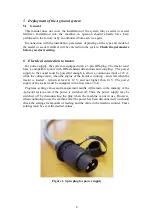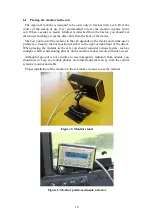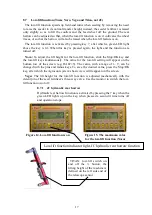
6
1
For the user and the person responsible for the use of the machine
This manual provides instructions on the correct methods of programming,
configuration, use, and maintenance of the Agrocont system. By complying with the
instructions in this manual, you can ensure the long life and correct operation of the
machine. It is extremely important to read these instructions in good time before the
season of use begins. Keep the manual in a safe place where it is easily available.
Both Tume-Agri Oy, as the manufacturer, and the authorised reseller will be happy to
help you with any issues related to the machine.
2
Important points concerning this instruction manual
Since this publication will be distributed in several different countries, the machines
illustrated in the images may vary depending on the country.
You must always follow the safety instructions given in the manuals of the seeder
fertilizer and seeder! This is extremely important for the persons who are responsible
for the repair of an Agrocont system.
In some versions of this manual, the statutory and otherwise necessary shields have
been opened or removed from some images in order to give a better view of the object
being shown. The machine must not, however, be used without the shields in place.
For your own safety, make sure that all shields are undamaged or in place before work
is started.
In this manual, the “left” and “right” side of the machine refers to the sides of the
machine as viewed from the back of the machine looking to the forward running
direction.
Tume-Agri Oy is continuously developing its products and therefore retains the
right to make changes and improvements to them without undertaking any
responsibility to incorporate these changes in products sold earlier.
3
Introduction
Agrocont is a control system for seeders and seeder fertilizers comprising a monitor
and a work-machine unit connected by a CAN bus.
All functions of the machine are controlled using the monitor keys and the tractor
hydraulics.
The system’s user interface is based on menus. The monitor has 14 keys, and the
function that each key performs depends on which menu is active and visible on the
screen.
Each key has a symbol illustrating the given function. Additional symbols underneath
the keys indicate that additional functions, such as a sub-menu, can be accessed using
the key.







































